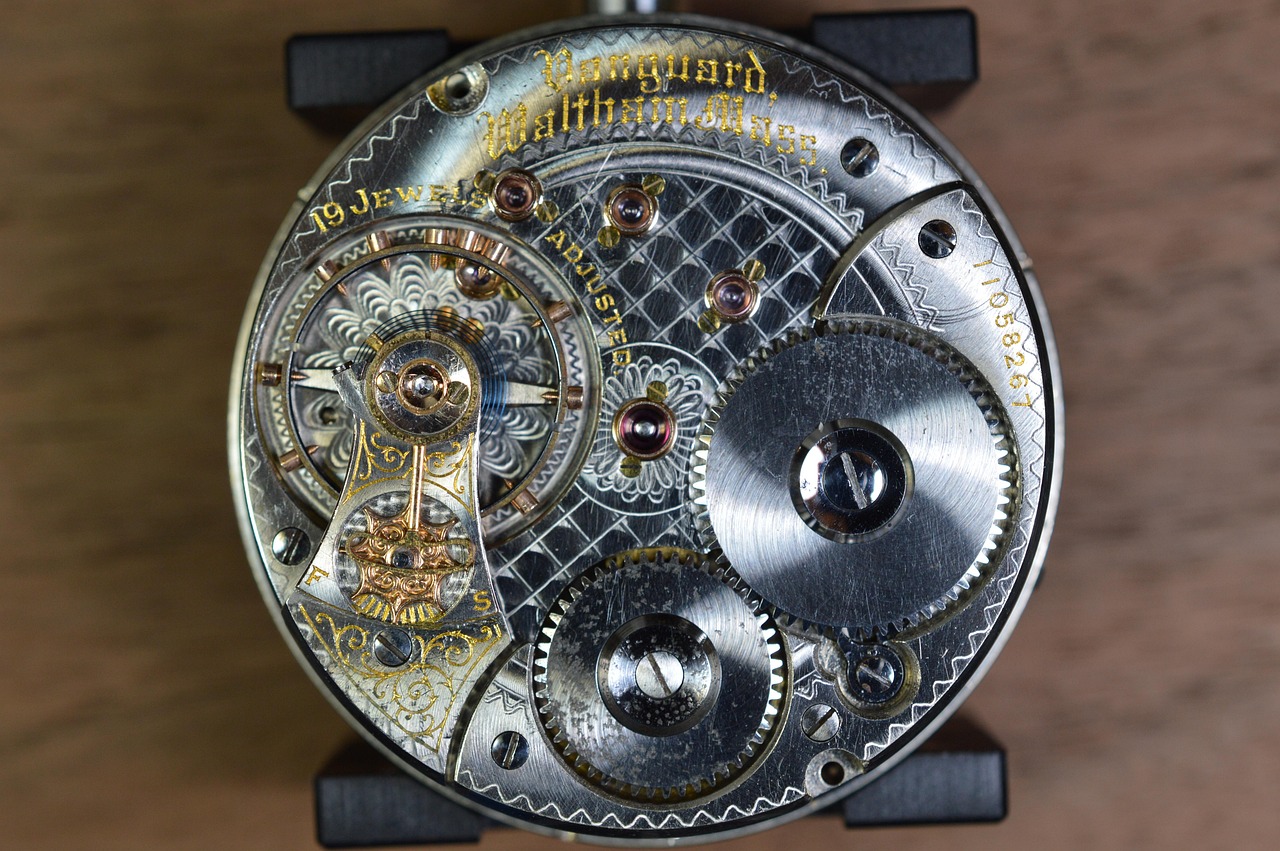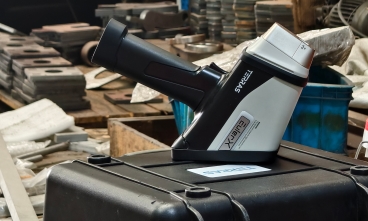
Alloy
A high-tech enterprise focusing on the development and application of X-ray technology products, committed to becoming a leading supplier of X-ray industrial testing solutions.
XRF Analisis: Improving Quality Control in Manufacturing with X-Ray Fluorescence
In modern manufacturing, precision, consistency, and efficiency are critical to maintaining product quality and meeting industry standards. One technology that has emerged as a game-changer in achieving these goals is X-ray fluorescence (XRF) analysis. By enabling rapid, non-destructive, and highly accurate elemental analysis, XRF plays a growing role in improving quality control processes across a wide range of industries.
What is XRF Analysis?
X-ray fluorescence (XRF) is an analytical technique that measures the elemental composition of a material. When a sample is exposed to high-energy X-rays, its atoms emit secondary (fluorescent) X-rays. These emissions are unique to each element, allowing the analyzer to identify which elements are present and in what amounts.

Why Use XRF in Manufacturing Quality Control?
✅ Non-Destructive Testing (NDT)
XRF allows for material testing without damaging or altering the sample, making it ideal for quality control in precision manufacturing.
✅ Real-Time Results
Most XRF analyzers provide results within seconds, allowing for fast decision-making on the production line.
✅ High Accuracy and Repeatability
XRF can detect a wide range of elements with excellent precision, ensuring consistent product quality and traceability.
✅ Portable and Versatile
Handheld or benchtop XRF analyzers can be used in varied environments, from labs to factory floors.
Key Applications in Manufacturing
● Metal and Alloy Verification
Ensure that incoming materials and components meet required specifications—especially important in aerospace, automotive, and electronics industries.
● Coating Thickness Measurement
XRF can precisely measure the thickness of plated or coated materials (e.g., zinc, nickel, gold), crucial for corrosion protection and surface quality.
● RoHS/WEEE Compliance Testing
XRF is widely used to check for restricted substances like lead, mercury, cadmium, and brominated flame retardants in electronics.
● Cement and Glass Production
Analyze raw materials and final products to control chemical composition and optimize performance.
● Battery and Energy Materials
Used for testing lithium, cobalt, manganese, and other elements in battery components for EVs and energy storage systems.
Challenges and Considerations
Surface Preparation may be required for accurate results (e.g., removing dirt or coatings).
Calibration and Matrix Effects: Different material matrices may affect accuracy and require regular calibration.
Lighter Elements Sensitivity: Elements like lithium or beryllium are difficult to detect with standard XRF.

Terras EulerX900 Handheld Alloy Analyzer
For decades, XRF spectrometry has been a trusted, mobile, and user-friendly solution for fast, accurate metal analysis. The EulerX 900 series handheld alloy analyzers take this technology further—delivering lab-quality results in seconds for alloy identification, scrap recycling, precious metals, and PMI. With advanced electronics and intuitive touchscreen operation, it requires minimal training and no sample prep, making it ideal for inspecting raw materials, finished products, and in-process parts non-destructively—anytime, anywhere.
Conclusion: Smarter Quality Control with XRF
XRF analysis is a proven and powerful tool in today’s manufacturing ecosystem. Whether you’re producing metal components, electronic devices, or advanced materials, integrating XRF into your quality control workflow leads to faster inspection, better compliance, and greater confidence in your products.
Join Us
Subscribe to our email list for updates & promotions.



